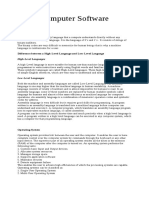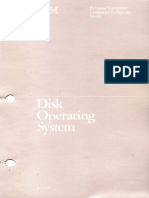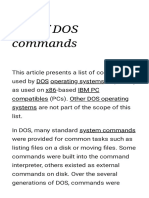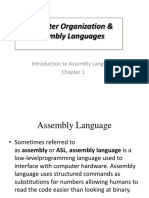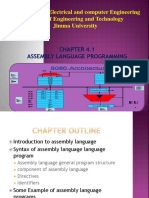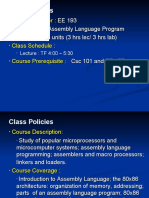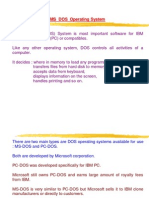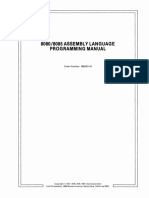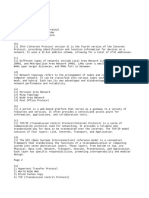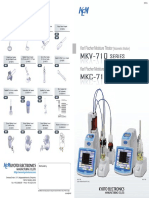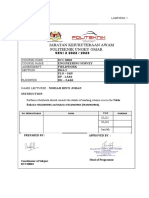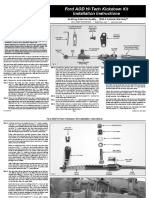0% found this document useful (0 votes)
8 views2 pagesComputer and Programming Topics
The document provides an overview of DOS, including its definition and ten common commands such as DIR, CD, and COPY. It contrasts machine language and assembly language, highlighting differences in execution, readability, and speed. Additionally, it explains EBCDIC, an 8-bit character encoding system used by IBM, with examples of its encoding for various characters.
Uploaded by
sabyqi0987Copyright
© © All Rights Reserved
We take content rights seriously. If you suspect this is your content, claim it here.
Available Formats
Download as PDF, TXT or read online on Scribd
0% found this document useful (0 votes)
8 views2 pagesComputer and Programming Topics
The document provides an overview of DOS, including its definition and ten common commands such as DIR, CD, and COPY. It contrasts machine language and assembly language, highlighting differences in execution, readability, and speed. Additionally, it explains EBCDIC, an 8-bit character encoding system used by IBM, with examples of its encoding for various characters.
Uploaded by
sabyqi0987Copyright
© © All Rights Reserved
We take content rights seriously. If you suspect this is your content, claim it here.
Available Formats
Download as PDF, TXT or read online on Scribd
/ 2


